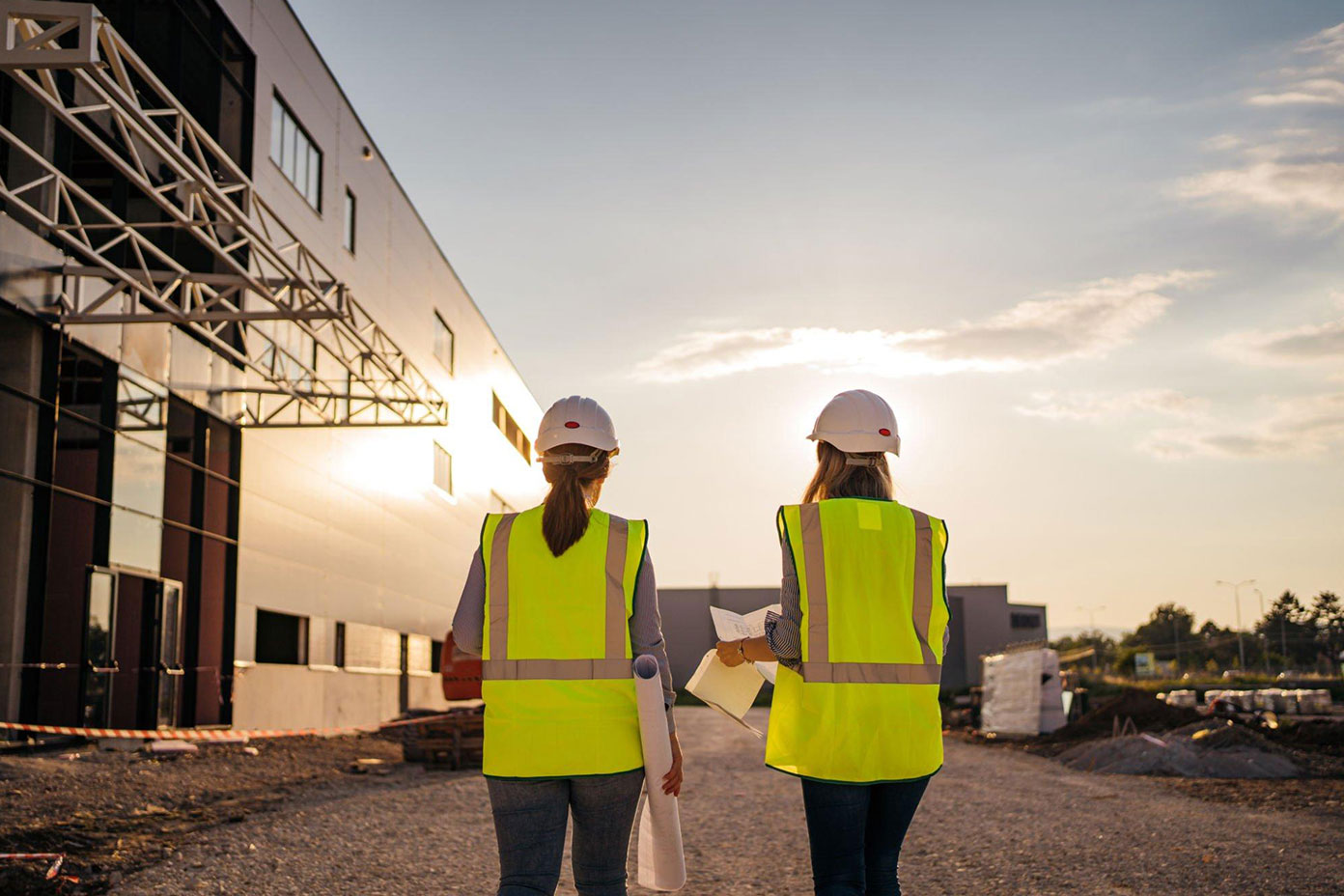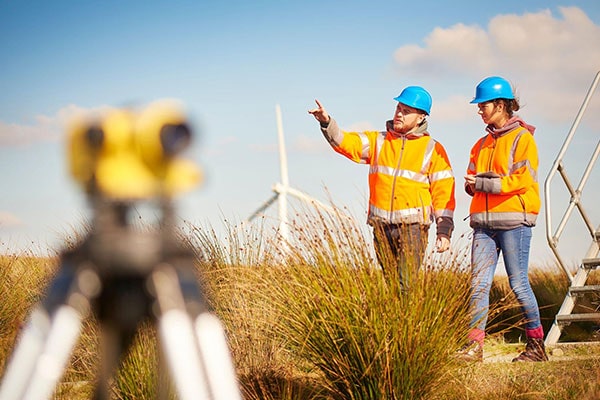Top Admin Apps for Construction Teams
Managing a construction project involves juggling many tasks, from scheduling...

There is a famous saying, “ Even if you want nothing to change, it will still change.” The statement could not be more accurate, particularly regarding the construction industry and its approach to environmental preservation. Some business owners pretend that climate change is not “a real thing,” and that their businesses have no negative impact on the environment.
The reality is far from this. The construction industry contributes to more than 50% of landfill waste, 40% of drinking water pollution, 25% of air pollution and 70% of noise pollution. These numbers are distressing; therefore, it becomes crucial to understand how construction affects the environment. To understand this topic, we will try to dig into some details in this article. We will talk about the different domains of the environment that are affected by the construction industry.
Unfortunately, one of the largest exploiters of natural resources is the construction industry, with half sourcing nonrenewable resources. According to a World Watch Institute (WWI) study, which focuses on and researches sustainable development, the construction industry consumes more than 47% of the global usage of sand, gravel and stone. Additionally, the construction industry uses more than 28% of virgin wood annually.

Some people pretend this problem does not exist, but eventually, if we do not intervene, we may run out of these crucial natural resources. A good solution is utilising modern technologies to reduce the usage of nonrenewable resources like biodegradable textiles or 3-D printers.
The construction industry has always negatively impacted the animals in the neighbouring community. When you think of how the construction industry impacts animals, a few things will immediately come to mind, such as the loud machinery on construction sites.
Light and noise pollution can heavily impact wildlife, especially birds, badgers, bats, or other nocturnal animals, by disturbing their natural circadian/sleep-wake cycle. The problem, unfortunately, is more complex, with construction work having long-term effects. Animals are now isolated, or their populations are fragmented because construction site changes their natural habitats, and they are malnourished due to water pollution and the migration of smaller animals.
Every action matters regarding air pollution, as the production of carbon dioxide, is one of the main contributing factors to increasing global warming. The construction sector is responsible for 49% of process and energy-related carbon dioxide emissions.

This alarming number stems from actions on the construction site, building materials manufacturing, and transportation. Similarly, another critical factor for air pollution is the dust released from a construction site. PM 10 is created from stone, wood or cement and is often invisible to the naked eye. Air and dust pollution negatively impacts our health and can also have health implications for animals and future generations.
Waste is everywhere. In 2018, the UK generated more than 202,800,000 tonnes of waste, and America generated more than 240,800,000. To add distress to this alarming number, imagine that the construction industry was the sole contributor to 59% of this number.
With this in mind, it becomes impossible to ignore the scale of this problem. Construction sites generate massive waste because it mainly relies on cheap and fast solutions that need to be replaced every few months. Additionally, business owners often refrain from recycling, as they are hesitant to shell out the initial investment needed to implement recycling sites, practices or procedures.
Every single construction site and its action has an impact on the surrounding environment. Business makers should be conscious about the materials they choose, the technologies they utilise and the construction sites they build, as they all generate carbon gases that contribute to global warming.
Construction companies cannot stop their businesses as it will negatively impact the entire economy, but they can choose to balance their environmental impact with mindful, thoughtful and conscientious actions.

Thankfully, not all is lost. When we compare it to the previous decade, we can say that the industry is slowly but steadily changing its approach towards environmental preservation. For example, a significant trend emerging nowadays is green buildings that are appreciated and supported through government funds and programmes. Many organisations have decided to invest in sustainable technologies such as durable materials or solar power to minimise energy usage and reduce waste.
Many governments are trying to help the construction industry reduce carbon emissions, such as the UK government contributing to a zero-net target. More and more companies are adopting ISO 14001, which helps them build an Environmental Management System (EMS) that allows organisations to reduce their carbon footprint, manage their energy conservation, reduce waste, and increase their environmental performance.
We suggest you also read the article ”What Is SOV In Construction ?”.
The first step to managing the environmental impact of construction industries is to enhance your awareness about how the construction industry affects the environment. Implementing eco-solutions is viable, but business leaders must slowly change their approach and balance their environmental impact with thoughtful actions.
Comments